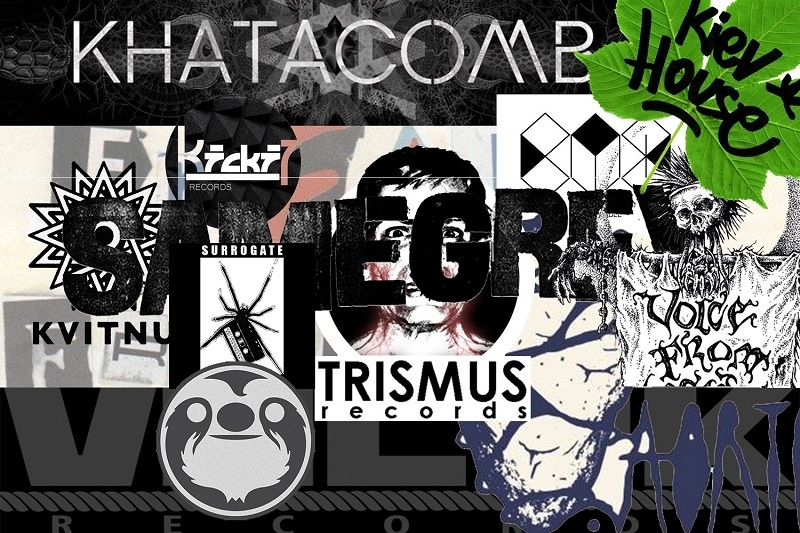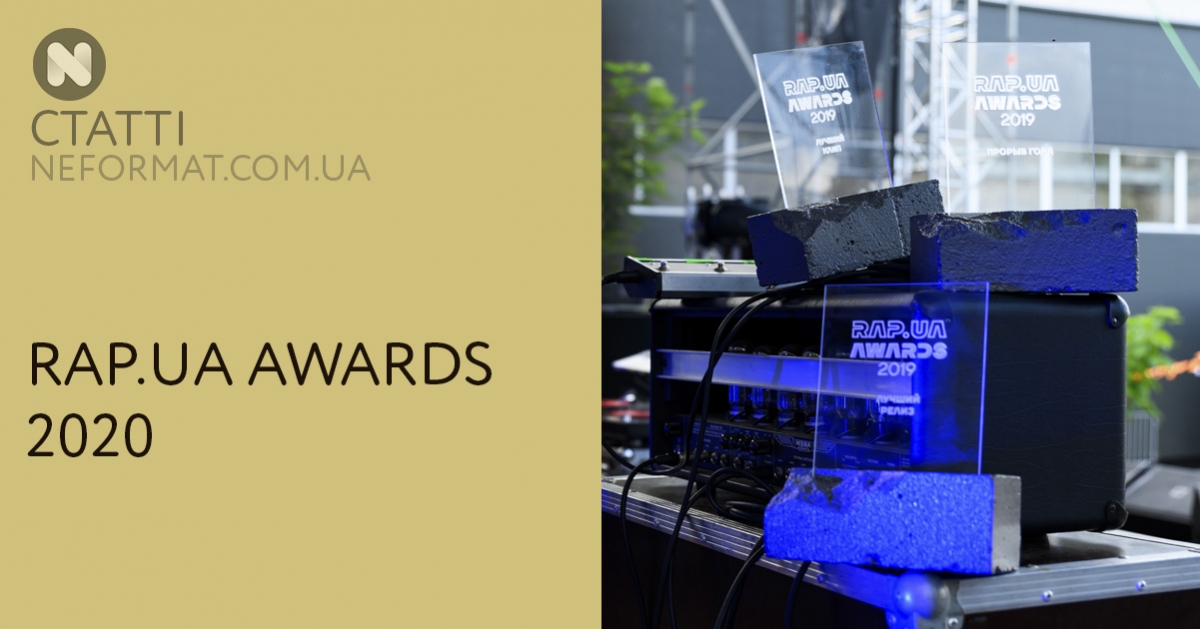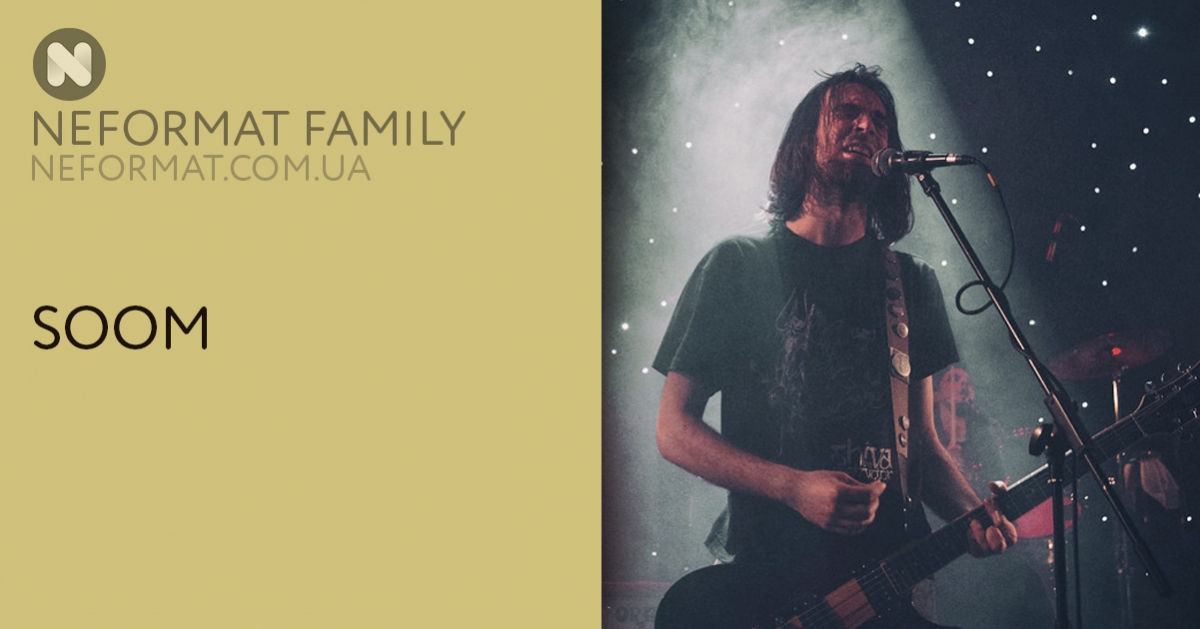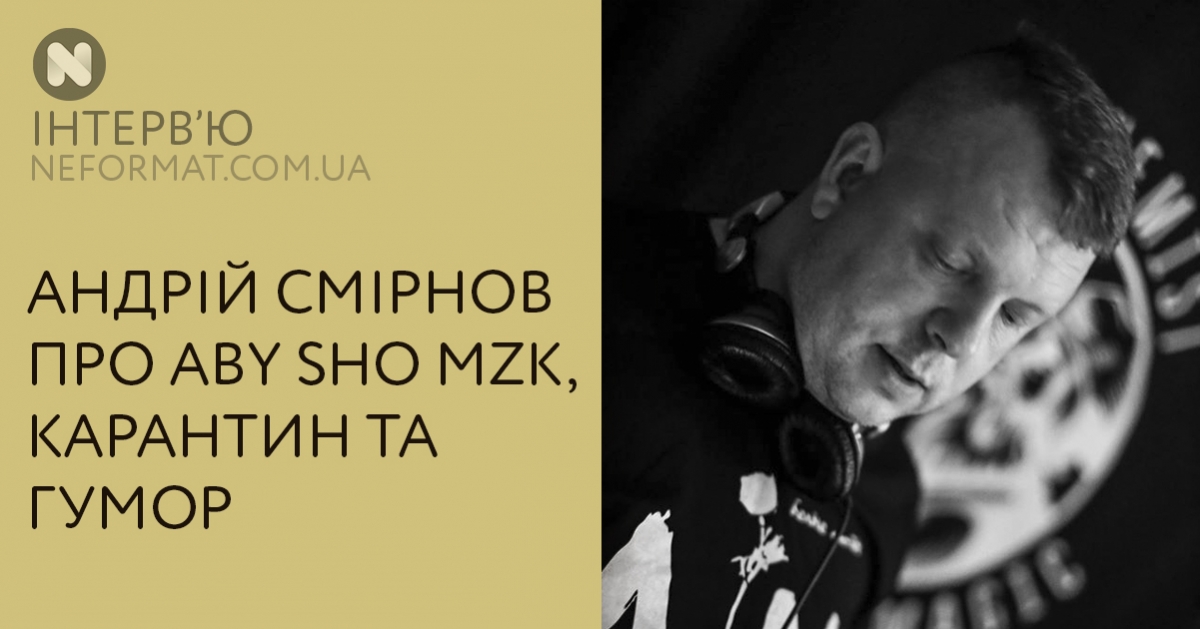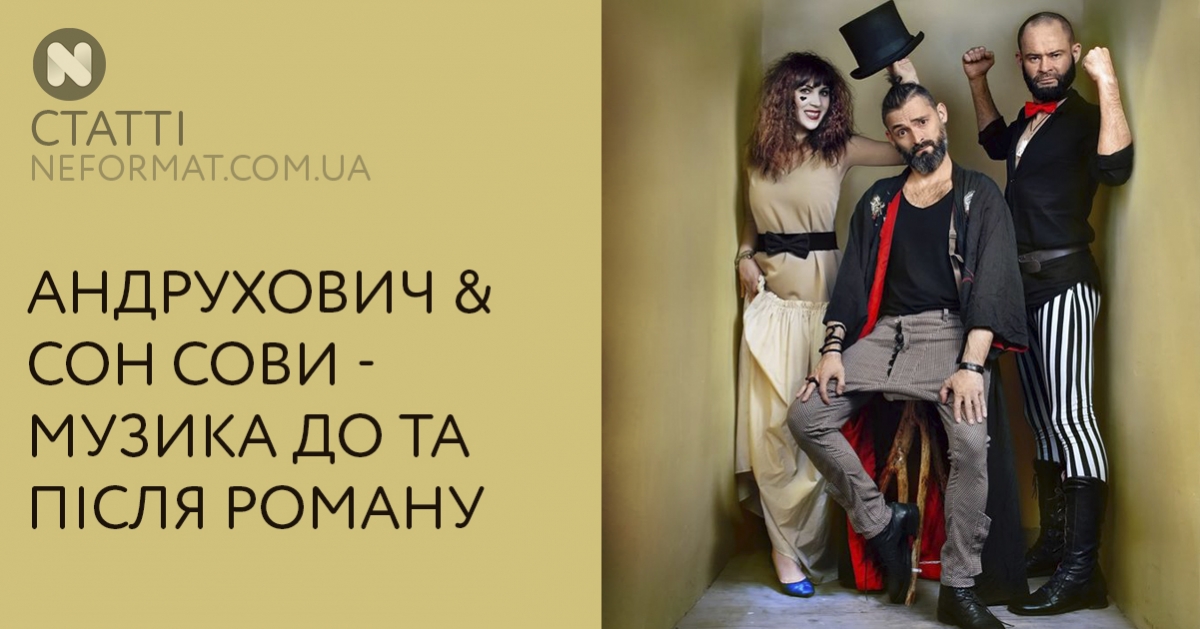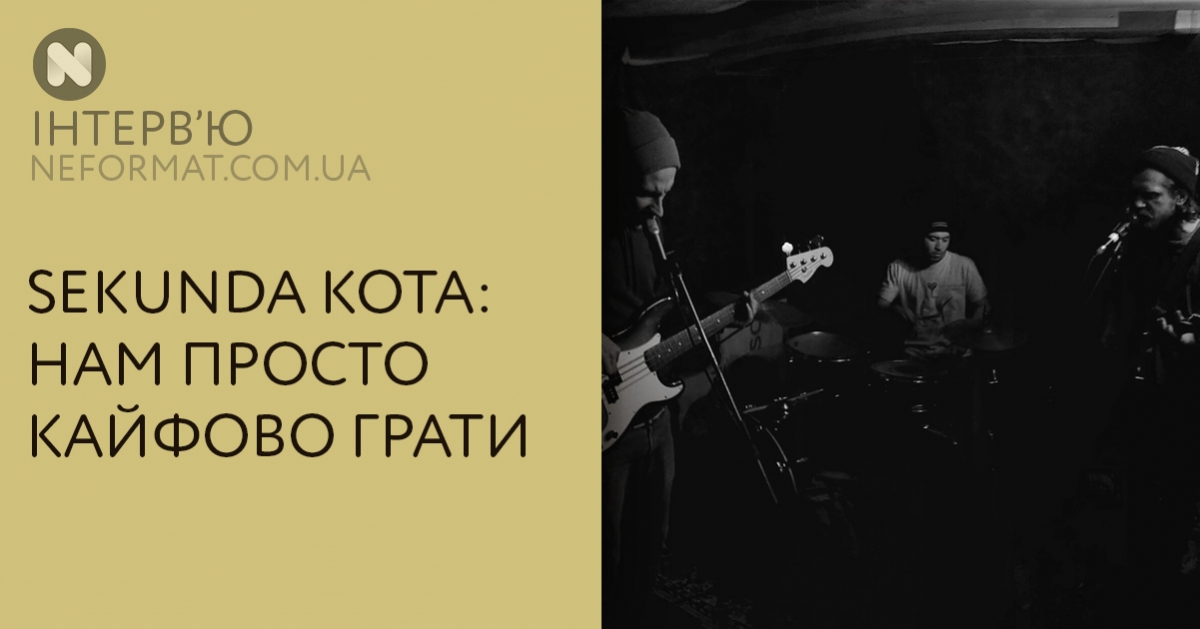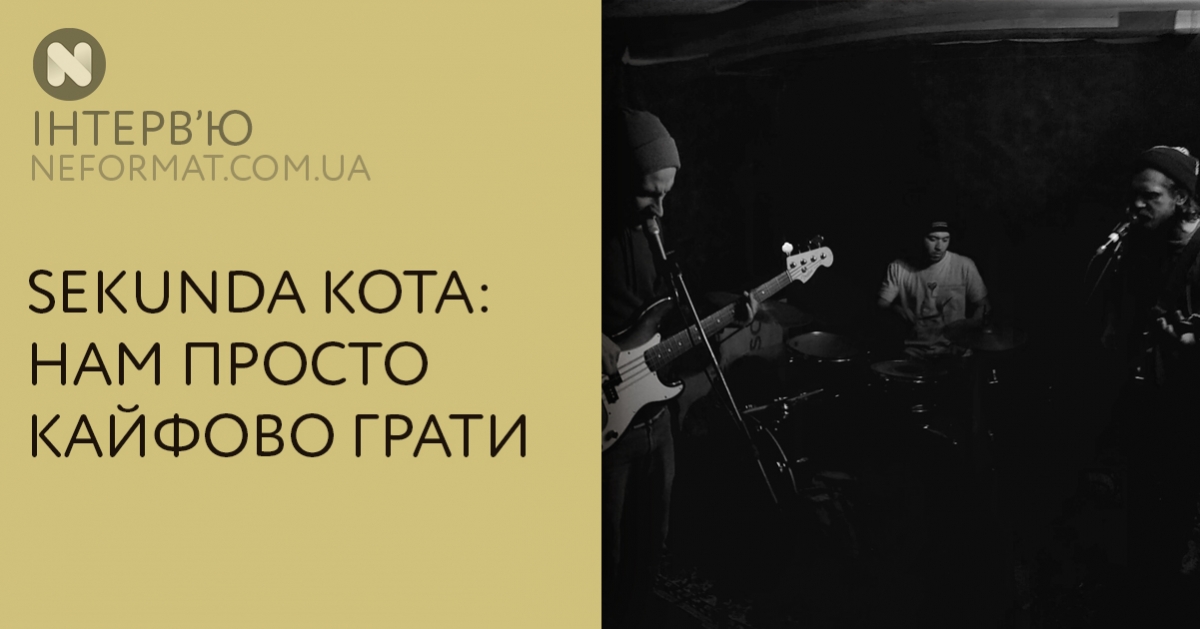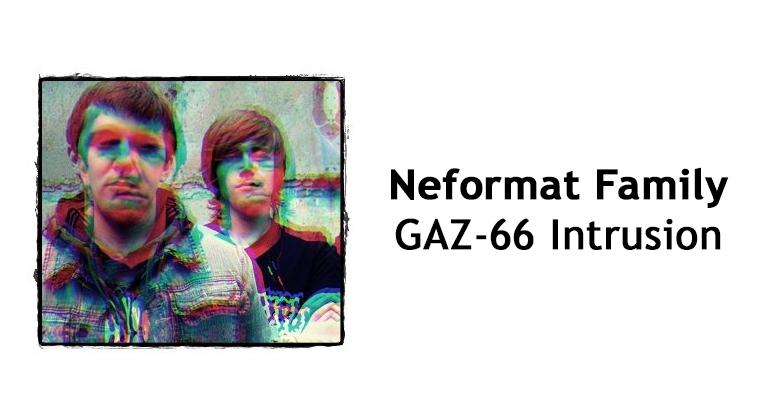Music meets Art vol. 5

The XXI is here. The music industry has reached another peak, but now music can be downloaded from the Internet in several formats. Record companies, musicians, listeners are gradually moving to the network, but not yet definitively. Still selling the CDs. The fetish of physical media is moving away. Album art is represented in its biological and creative diversity.
We decided not to write about the covers of performers that were in previous materials this time, although some of them are worthy. Further, about the performers who stood at the forefront of the construction of consciousness and grafting taste of the first decade of the new century.
The influence of this band on the mass culture, listeners, musicians, festivals, the information field is spontaneous. It already avalanche has repeatedly covered music lovers and received tons and gigabytes of eulogy from around the world. The covers of the first three Muse albums also left their mark on world music history.
In the design of the first — "Origin of Symmetry" — Matthew Bellamy used the work of 14 artists, united by one given topic. According to the vocalist of the band, despite the different performances, there is "some form of continuity through the perception of different people of the same theme."
At the beginning of our century, minimalism became firmly in vogue and simple and concise design of the covers was a priority 10-15 years ago. The front cover depicts the work of the artist William Eagar, who is often confused with the classical eponymous name and practically the namesake of William Eagar, who lived in 1796 — 1839. And what could be minimalism then? In the upper left corner of the picture is placed the logo of the team, which is made not in the traditional Muse font, but using similar to the original one.
For the two subsequent releases — "Absolution" and "Black Holes and Revelations" — album arts were made by English artist and director Storm Thorgerson. He worked with Led Zeppelin, Black Sabbath, Peter Gabriel, Genesis, Dream Theater, The Cranberries, The Mars Volta etc previously.
It's not entirely clear if people leave the Earth or, on the contrary, land on it on the "Absolution" cover art. The listener can take this cover in a free interpretation.
"The squadron of shadows baffles the witness of the event looking up. In addition, the next thing the band should like is a pattern of shadows. It creates symmetry on the design. This is not just an even repetitive pattern of human figures on textured asphalt. Their outlines resemble heroes from children's stories from Maurice Sendak ", — told the artist.
For the full effect, the band with the artist took human figures, that were cut from fiberboard, fastened them on high poles and, waiting for the sun to come out from behind the clouds, scattered shadows on the ground with chalk, and then took pictures for the cover. But, due to the changeable English weather, this operation had to be carried out three times.
An album "Black Holes and Revelations" completes the trilogy of designs. It depicts the four Horsemen of the Apocalypse from the Book of Revelation. They sit on chairs around the table, on which their smaller horses stand in different colors. The white horse rider is the Antichrist, the red horse is War, the black horse is Hunger, and the pale horse is Death and Decay. The horses are small, it was specially made to clearly demonstrate that the troubles of the riders themselves have long overgrown the size of their non- artiodactyl vehicles.
The images inside the album booklet are the installation of HAARP, M87, Project MKULTRA documents and the blue trace of the Aurora inversion plane. HAARP is a research project whose goal is to study the ionosphere. M87 is an elliptical galaxy in Virgo that emits a stream of matter, possibly from a supermassive black hole inside it. The Aurora aircraft, in the opinion of lovers of global mysteries, is a top-secret hypersonic aircraft, which leaves behind a blue contrail in the sky. And Project MKULTRA was a CIA project that developed and used chemicals to control and interact with human consciousness.
By the way, Q Magazine auctioned off the table and chairs from the original cover in 2007.
Now any fan of the stoner-sludge-doom scene knows that the release of Sleep "Dopesmoker" is the benchmark and legend of the genre. The album was released for seven years and this is not due to the fact that its very style is insanely viscous, slow and thick. Initially, London Records refused to release it in the distant 1996, since it had only one track about an hour long. But the band refused to redo anything.
Later, in 1999, the release saw the light, but with the name "Jerusalem". Then it was separated into pieces in the form of tightened songs lasting about 10 minutes. This did not solve the task set by the band, and "Dopesmoker" was shelved again.
The final design of the album is a picture of a caravan going to Jerusalem with a large load of marijuana. In the text of the only song of the release, there are lines about people with huge lungs and serial hashish killers. The caravan goes on the sands, slowly and as if stuck. And images from album art convey this. By the way, there are two moons on the decoration, apparently hinting that events from the release take place in a parallel Universe.
Several more designs were made before the final version. The Jerusalem version depicts a wanderer praying in front of a bonfire, in the 2003 edition a rider with a scimitar mounted on a three-headed horse, and the album acquired its final appearance in 2012 during the reprint.
There are whole works written on the cult and influence of "Dopesmoker". And it is believed that the band broke up in the second half of the 1990s because of it, as the studio refused to publish it, thinking that a track of this size would be a commercial failure.
From 1996 to 2012 "Jerusalem" & "Dopesmoker" were published and reissued in various physical formats on such powerful labels: Rise Above Records, The Music Cartel, Tee Pee Records, Southern Lord, Daymare Recordings. Four variants of the visual design of this massive sound canvas are known at the moment, three of which were created by Arik Roper, and the excerpt of the legendary artist can be applauded while standing.
Interesting is the fact that Jim Jarmusch used it as a soundtrack for his "Broken Flowers" partially. In addition, Sleep along with Sunn O))) and Earth inspired the director to create "The Limits of Control".
Norman Cook's (better known as Fatboy Slim) third album "Halfway Between The Gutter And The Stars", appeared in the first year of the new decade and new century. Work in a big beat style is quite ironic, as its design is. At sunset or sunrise, the human body stands and its picture is taken so that the sun shines between his legs. The picture is in positive colors.
Norman Cook created a similar mood in the clip for "Weapon of Choice" from the release. An actor Christopher Walken is dancing in an empty hotel and there are no laws of gravity in the video. Subsequently, the quotations from his dance movements were used by many people.
The photo for the album cover was made by English photographer Mcdonald Strand, and one of the photographers for the booklet was Tim Day, who later worked with Coldplay. The CD was designed by the English graphic design company Red design. They are also known for working with INXS, Bonobo, Quantic etc.
The aforementioned Storm Thorgerson also worked for these legends of the 2000s. The first album of the pro-rock band The Mars Volta "De-Loused In The Comatorium", came out absolutely conceptual with tracks flowing from one to another.
The release tells the story of a certain Julio Venegas, nicknamed Cerpin Taxt, who's being in coma because of the overdose and telling about his fight with the devil there, in a parallel world. After the main character of the album came to life in this world, he jumped from a bridge into a stream of cars traveling under him.
His suicide is also mentioned in the song "Embroglio" by At the Drive-In, which became the forerunner of The Mars Volta. The band released a book that tells the full story of Julio Venegas later.
9 of 10 songs on the release were played by Flea from the Red Hot Chili Peppers, as the band at the initial stage of its appearance could not find a bass player for its permanent lineup for a long time. It is needed to be mentioned that during the tour of the band one of its members, Jeremy Ward, died of an overdose. It was he who invented all the electronic and vocal effects on the band's debut album. After that, the participants of The Mars Volta stopped using drugs.
The design of "De-Loused In The Comatorium" exists in two forms. On the first classical one, there is a golden head of a man lying on a dish in the operating room, a bright light escapes from his mouth. Someone from the staff, more like a child is standing, covering his face (apparently from tears) in the background.
But there is an alternative design. On some rare releases, Storm Thorgerson placed a face image in the water on the back cover. The part that is above it looks at the sky, and the rest of the head, going underwater, is an interweaving of nerve endings, stylized as algae or vice versa.
Since the significance of this band for the first decade of the current century is no less than Muse, we will add a few more words about a couple of releases of the band. The third album "Amputechture" was released without the original album art, designed specifically for release. The band first used paintings of Jeff Jordan.
Initially, for the third album, Storm Thorgerson drew a separate version. On it, he portrayed a woman who closes from the attack of the skull in the middle of the steppe. The band wanted to see her as a nun and a young gypsy at the same time. The last image was supposed to show the fearlessness of the skull. But for unknown reasons, album art was not used.
The band ceased collaboration with the artist, but the relationship left warm and switched entirely to visual support from Jeff Jordan. Two subsequent "The Bedlam In Goliath", "Octahedron" were made with his works.
During the release of "The Bedlam In Goliath" on the official website of the band they marked out a puzzle in the form of a cover. It was possible to download a track from a new release for free by putting this puzzle together correctly, a cover version of Circle Jerks's Back Against the Wall.
One of the most iconic bands of the heavy stage with a peculiar sense of humor, which created its own small sect of fans around itself and gathered the same number of critics. Tool is more than music, it is a phenomenon of modern alternative culture, which goes beyond the scope of linear communication, the listener-performer.
This band came to commercial and massive success in 2001. They released their hit album "Lateralus". The record hit the top spot on the American Billboard 200 in the first week after the release. Tricky starred in the music video "Parabola", Buzz Osborne, Mike Patton, Isis and Meshuggah took part in live performances during the first tours in support of "Lateralus".
Many bands have their own personal artists. And taking into account the fact that Adam Jones (guitarist of Tool) does special effects in Hollywood, the band doesn't need it. But Tool members have long and fruitfully collaborated with one of the most esoteric and cosmic artists Alex Gray.
You can see a lot of movies and learn a lot of interesting things about him. But we are interested in this material in the fact that he made the complete design of "Lateralus". One of the areas in which the artist works is called visionary art. It has already been written several volumes about the interpretations of the cover, as well as the interpretations of the album.
The significance of the release, as well as the Fibonacci numbers, with which the conceptual work is inextricably linked, can be found on the World Wide Web. And it is better to get accustomed to the design itself and pay attention to the detailing of absolutely all release images. If you get the original disc, the CD itself is also interesting to study.
Alex Gray is known for his love for the fine moments of his painting, after looking into which the third eye can open up or an LSD trip can occur without it. There are several documentaries about the artist and videos from himself, where he talks about meditative practices, Vajrayana and practices with his own mind.
Lateralus and the work of Alex Gray are not quite suitable for lovers of yoga and "all eastern", since Vajrayana is a word, although it sounds like an Indian one (this is Sanskrit, in fact), but it has a direct bearing on Buddhism. It is still rumored that Tool participants practiced various secret teachings originally from Tibet, directly related to one of the world religions..
Apparently, a large part of this opus about album art will be devoted to one artist, Storm Thorgerson. He is just like the gray cardinal of the genre in the 2000s. Almost everything he did in the first decade of the current century was noted in the history of this branch of the visual arts.
This time he was the author of the first album of the same name by the band Audioslave. It is unlikely that the reader does not know about the collaboration of Chris Cornell and the musicians of Rage Against The Machine. Tons of everything written about this superband. And, if the ragers became a bright symbol of the 1990s, one of the creators of nu-metal, standing alone, then Audioslave became the same symbol for the 2000s, only without protest notes.
The cover of the first album shows a similarity to the monument of the "eternal flame", which Thorgerson and his associates Peter Curzon and Rupert Truman located on the volcanic island of Lanzarote. A man stands in front of the fire.
This entire composition is a direct reference to the explosive nature and collaboration of musicians in Audioslave. In an alternative version of the design, the little man had to be naked. But the artists abandoned this idea because they were not sure of the success of its implementation.
All three cover authors were part of the Hipgnosis art group that created artwork for Pink Floyd, T. Rex, UFO, Bad Company, Led Zeppelin, AC / DC, Scorpions, Yes, Emerson, Lake & Palmer, Genesis, Peter Gabriel, Electric Light Orchestra, the Police etc.
It is unlikely that a music lover, a connoisseur of narrow jeans, a Converse shoe, independent music, does not know the cover with the naked profile of the lower part of the female body, on which the hand in a leather glove rests. The Strokes "Is This It" is written in the upper left. The cover of the band is recognized as one of the best in the world in the history of album art.
And everything turned out spontaneously. Photographer Colin Lane decided to arrange a sudden photo session of his ex, out of the shower. He just wanted to make a sexy photo, and in the end, it got to The Strokes. The first edition of the album with this image scattered moment. But, the band was worried about the attacks of conservatives from the USA and dramatically changed the design of the photo of subatomic particles in the vacuum chamber. It was a conscious move, like the one that removed the question mark from the album name so that the release message sounded right.
At the same time, the first version still became one of the symbols of landscape art and still lovers of independent, sorry, indie scene can accidentally hang a photo with the bare bottom of a young lady and a leather glove in their corner of the room and turn on a fluorescent economical aroma lamp under it.
By the way, some experts from art compared the first version of the cover with the design of Spinal Tap's album "Smell The Glove", on which a naked girl in a BDSM collar, standing on all fours, stretches facing the leather glove.
The first decade of the XXI century was fixed in the minds of the listeners with broken rhythms and boom on IDM and glitch. This era cannot be full without electronic music. One of the most significant roles in the formation of such refined tastes to the originally dance music was played by Autechre.
Their design of the trilogy "Confield", "Draft 7.30", "Untilted" 2001, 2003 and 2005, respectively, performed in the same way. Images of this kind have become direct illustrations for the entire musical style. They are abstract but structured, they are dynamic but painted as covers for albums.
For the first time since the band collaborated with Warp Records, the English duo decided to abandon the traditional for them The Designers Republic, who designed their work in the 1990s. The studio also collaborated with colleagues Autechre Aphex Twin and The Orb and also did work for MTV, Coca-Cola, and Nickelodeon.
The whole trilogy was painted by the director and artist Alex Rutterford. The Englishman is known for starting his career by creating a piece of design for Judge Dredd. Later, he became the director of the video Autechre "Gantz Graf" and then continued to draw a design for them. From the IDM trilogy — icons, two releases - "Draft 7.30", "Untilted" — his works.
In addition, the artist and designer is also known for his work on the Bjork video "All Is Full Of Love" and Squarepusher "Come On My Selector". According to the overall design of the video, Alex Rutterford style is guessed very easily.
Perhaps more original singer than Bjork, simply does not exist in the world. Each of her releases is a separate masterpiece in music, text and visual terms. The release of each album is accompanied by an original artistic decision and a video clip that is relevant in its technological and psychological trick.
The album "Medúlla" was no exception in this regard. The release was released in 2004, it sounds very minimalist and the whole album focuses on vocals. For example, it is enough to mention that Mike Patton took part in the recording, and it immediately becomes clear what the release is in terms of identity and full hardiness.
Inez and Vinoodh — a duet of Dutch fashion photographers and a duet of M/M Paris — art collaboration of Mathias Augustyniak and Michael Amzalag from Paris were the designers of "Medúlla".
On the cover of the release, the performer herself is depicted in a hair mask, which was made to her by her Icelandic friend, Shoplifter. Bjork was inspired by the idea of a similar mask after the exhibition of the artist, at which she presented a wall painting of braided braids.
A necklace of brown bones is on the neck of the singer, which is the inscription "Medúlla". In general, during the creation of the art booklet, Bjork was in favor of ensuring that her clothes for the album photo session were at a minimum. Shoplifter could make a dark image of a warrior or Valkyrie for the Icelandic singer, she made a mask that resembled a helmet.
The photographers, in turn, were inspired by the image of a woman who creates coziness and deals with some crafts at home. Woman of a more secluded, rather than social lifestyle.
At the beginning of the XXI century, people started to dance in a new way to guitar music. A part of science fiction writers thought that this era would be overwhelmed by electronica, but they were wrong. The audience has completely emerged from the raves and even spit out their last drop with the remains of the lysergide.
A new generation of dancing punks has arrived and with them a disco rhythm, only in a different interpretation. The New York band Yeah Yeah Yeahs became one of such iconic formations of the ten-year-old epoch. They released three albums until 2010 and each of them became a landmark.
In terms of design, the most distinguished "It's Blitz!" with its dynamic photo of crushing eggs and the water flowing from the hands on the cover. Three artist-photographers worked on the creation of the booklet: Eric Uhlir v American photographer, guitarist Nick Zinner, Autumn de Wilde — American photographer, known for his work with another minimalist The White Stripes; in the same list, add The Raconteurs and Nick Cave & The Bad Seeds and Urs Fischer — a Swiss contemporary artist who creates installations, sculptures and paintings with clay, fruit, wax, wood, glass, plastic, bread and other household items. Judging by the nature of his work, the cover was made by this particular artist.
The album was produced by Nick Launay, who also collaborated with Nick Cave & The Bad Seeds. The result was that one employee pulled another into the project and so on, as, by the way, most often happens in the creative and commercial world.
The same landmark band of the last decade, along with the New York dance punks, was the English Kasabian and their debut album of the same name. A lot of dance remixes were made on its tracks, the originals of the songs from the albums were inserted into their sets by world-famous DJs, and the excitement around the band grew exponentially from the first day the album appeared on sale.
The album design was released in different colors depending on the geography of the album sale: in England, the release came out in black and white, in the rest of Europe — in black and red, in the USA — in black and blue, in Japan the deluxe edition received a black and silver color.
In addition, the limited edition "Kasabian" was released, consisting of two discs. One of them is a DVD with a documentary about making an album and several videos. So it was generally glowing in the dark.
You can write many pleasant and contradictory things about this English band. Very important that is worth mentioning in this material, besides their first album art — their friendship with Noel Fielding, an actor, and a showman. He creates so surrealistic shows that the collaboration of the band with the psychedelic actor's troupe is worth mentioning as a separate item. Music + theater is not an innovative combination, but it looks very memorable in this tandem.
Another legend, another symbol of the first decade of the XXI century — the band Coldplay. Cover art for their second album "A Rush of Blood to the Head" was made by Norwegian fashion photographer Sølve Sundsbø. Only initially his work was not intended for the British rock legend.
A scandinavian photographer was hired by the magazine Dazed & Confused in the late 1990s and set him the task of doing on a white background some unusual picture related to modern technology. Sølve Sundsbø decided to use a 3D scanner for this. The basis for the picture used a living model, which was thrown keeper (special fabric - Ed.). But something went wrong and the computer scanned the image in 3D to recognize the colors incorrectly. Moreover, it displayed the unrecognized part in the form of thorns. The model itself was "captured" only by 30%.
As a result, the photo turned out really original and unusual. The editor of Dazed & Confused posted it. Chris Martin saw this picture, imbued and asked permission to use it for the design of the second album of his band. Singer of Coldplay went ahead and offered Sølve Sundsbø collaboration on their releases. The artist immediately offered to display in 3D all the members of the band. Later, the photographer created images for a concert video of the band in 2003.
This album art entered the top 10 music releases that Royal Mail releases in the series "Classic Album Covers" in 2010.
***
This is not the entire list of the best works of that decade. From this part of Music meets Art, we want to start publishing additional non-included artworks that are also worthy and it will be just a crime not to remember them. So, left undescribed, but mentioned:
- The Cure — "Bloodflowers", "The Cure", "4:13 Dream" — 2000, 2004, 2008
- Gorillaz — "Demon Days" — 2005 — we really want to write about it, but it should be a separate article of the same size as this material. A couple of dozen sentences here will be not enough..
- Death From Above 1979 — "You're a Woman, I'm a Machine" — 2004
- The Roots — "Phrenology" — 2002
- Chromatics — "IV: Night Drive" — 2007
- Bad Religion — "The Empire Strikes First" — 2004
- Architecture in Helsinki — "Places Like This" — 2007
- Sigur Rós — "Ágætis byrjun" — 2001
Beck and The Prodigy were also left without a description this time. But some information about them was in the previous series and there will be a separate report, as about the bands that influenced the world culture as a whole.
However, these are far not all the bands that we will tell you about.
The material was read, supplemented/cut, commented by: Philip Dobrov, Valery and Yulia Kornevy, Olexander Masovets, Yaryna Denysyuk. Thank you so much!
To be continued…
The material was prepared with the support of:
RobustFellow Bandcamp Facebook VK Twitter
Ethereal Riffian Bandcamp Facebook VK
All the parts of the material are here:
https://www.neformat.com.ua/rubrika/music-meets-art
All images are copyrighted by their respective copyright owners.

